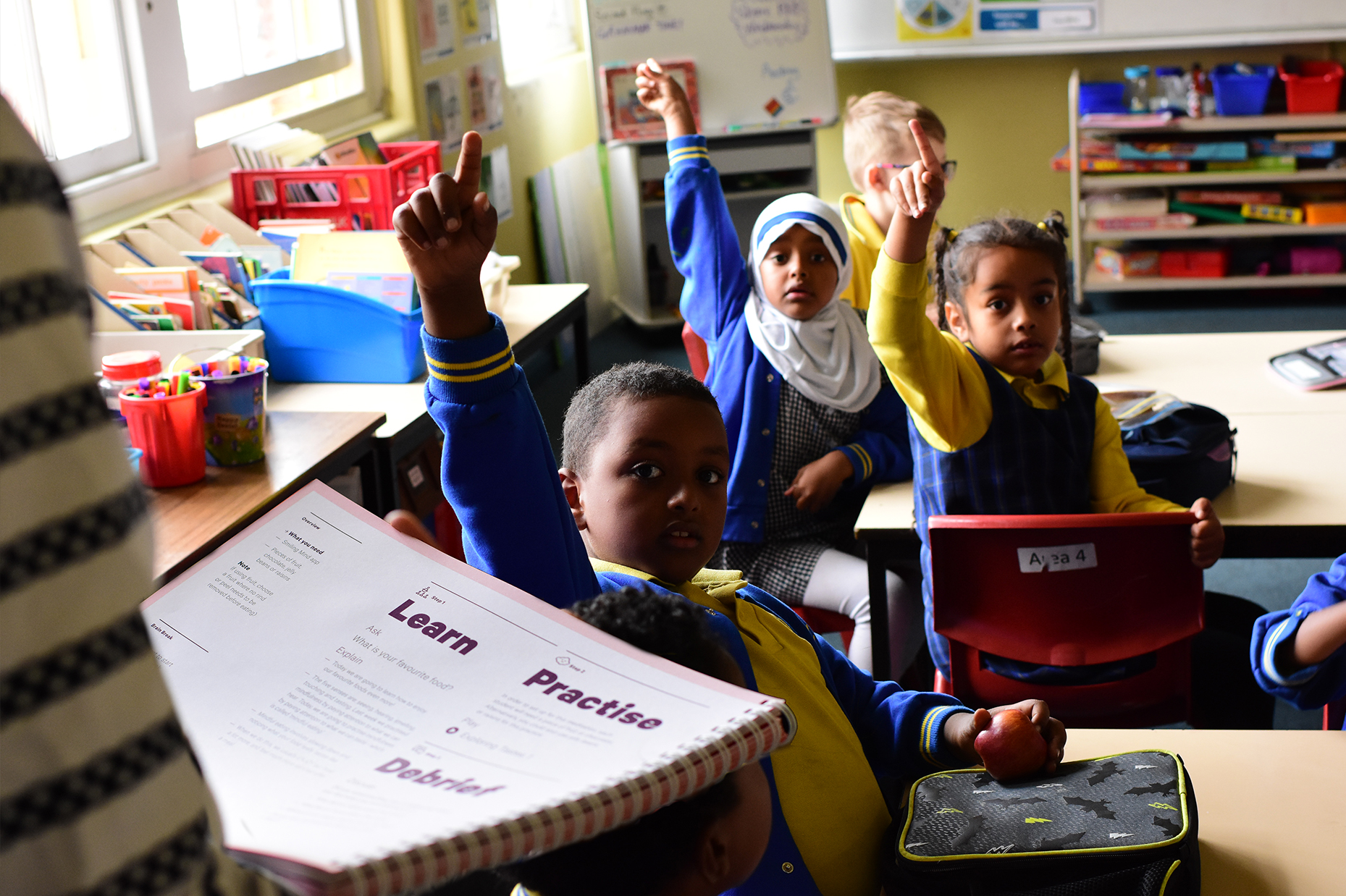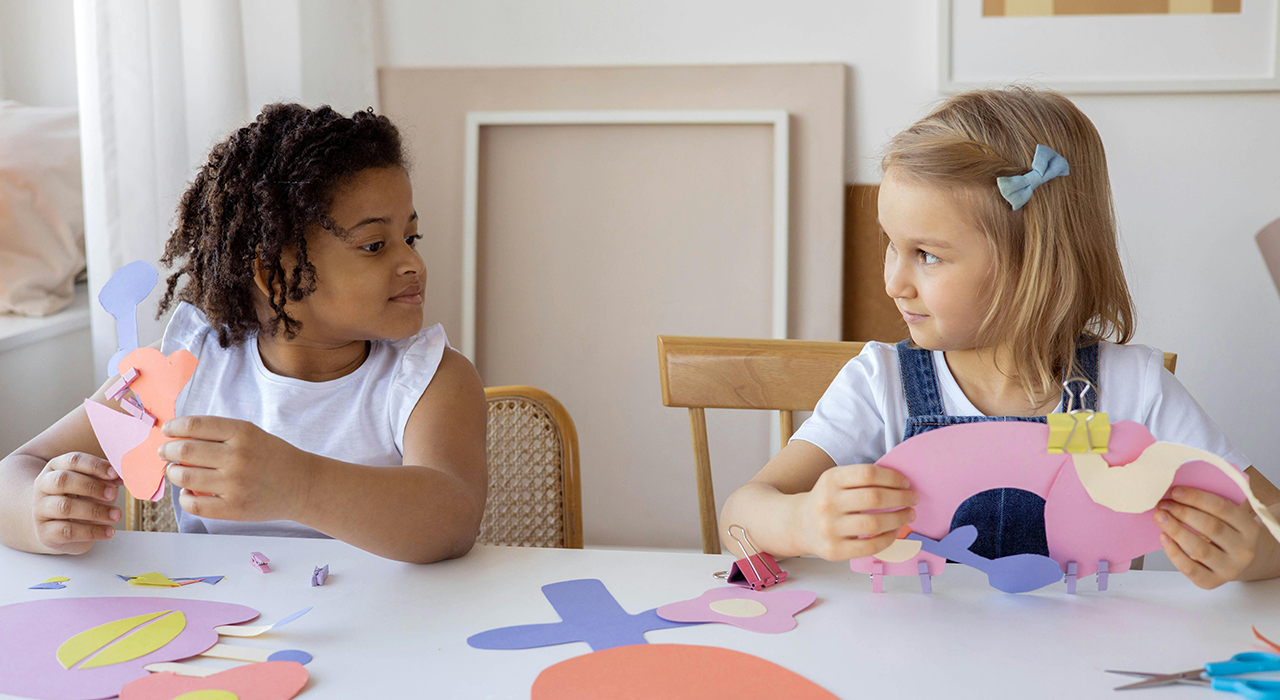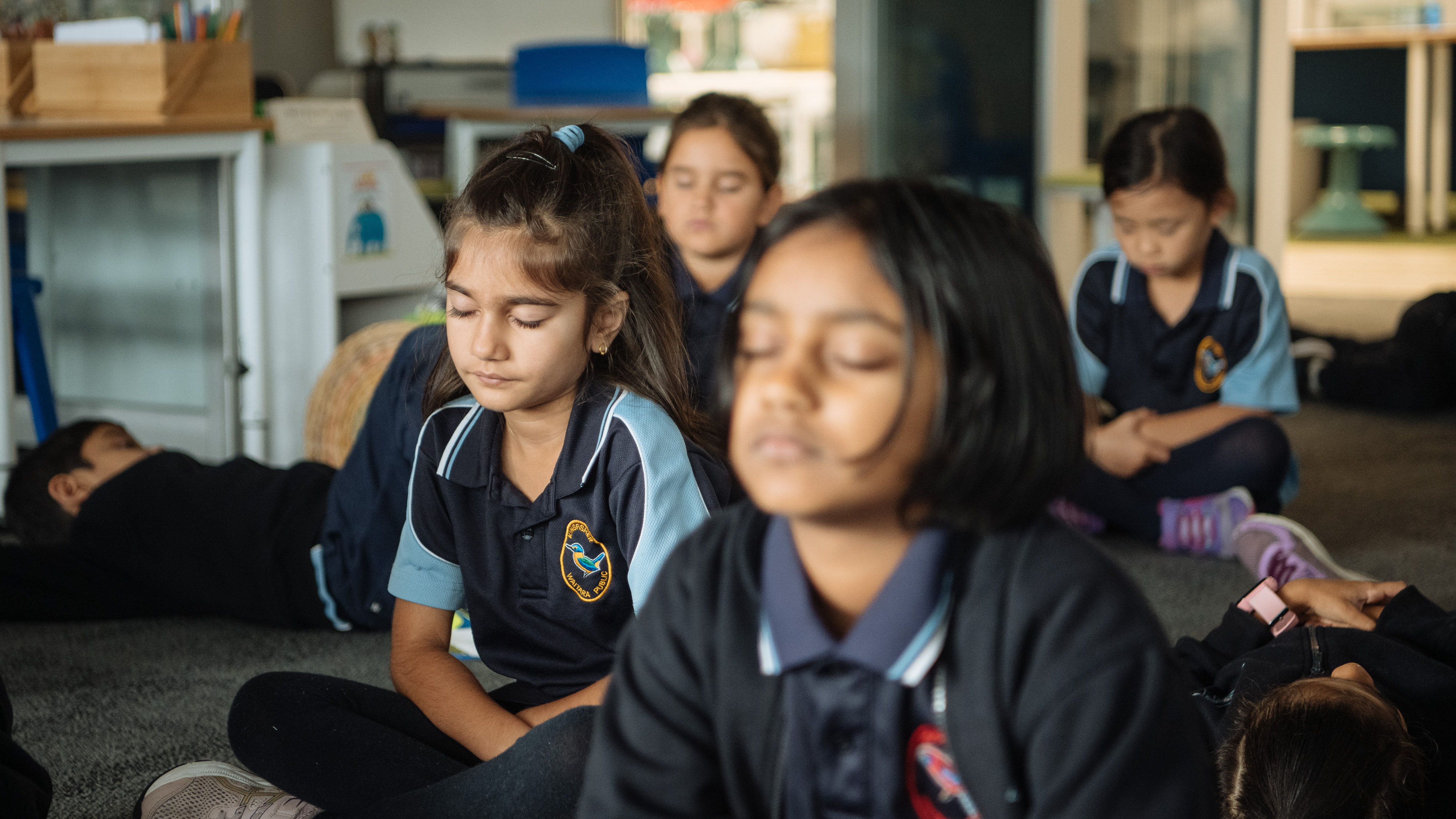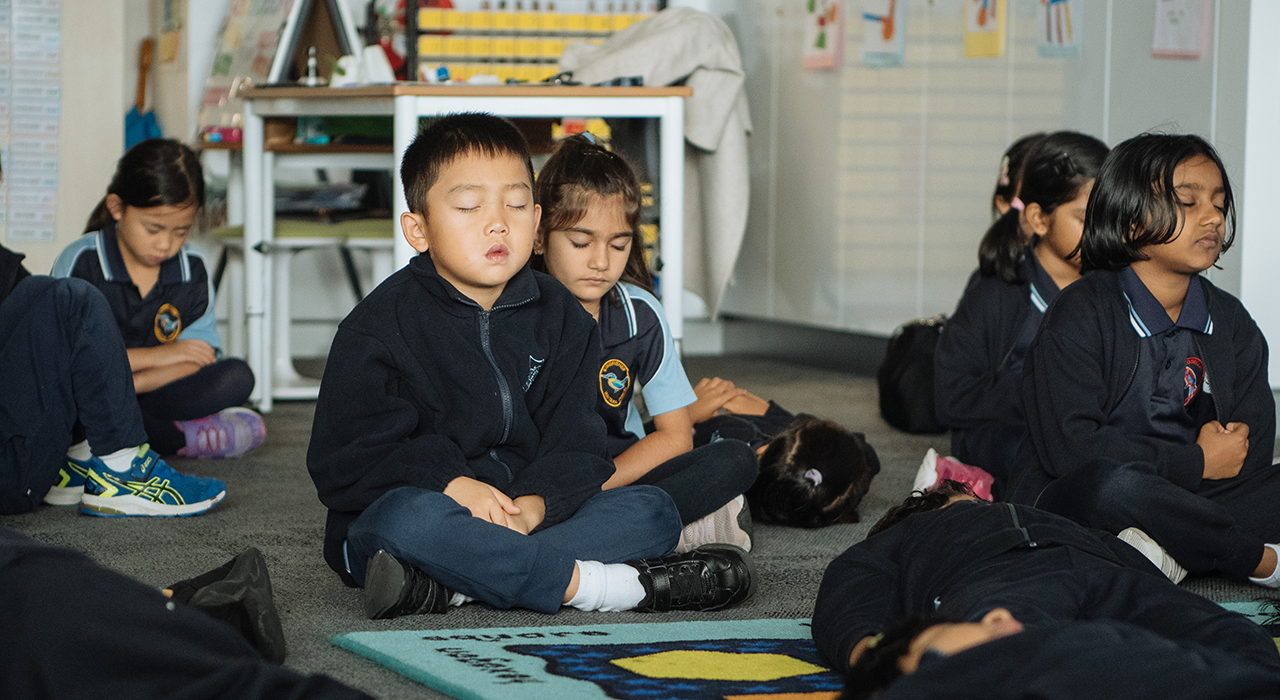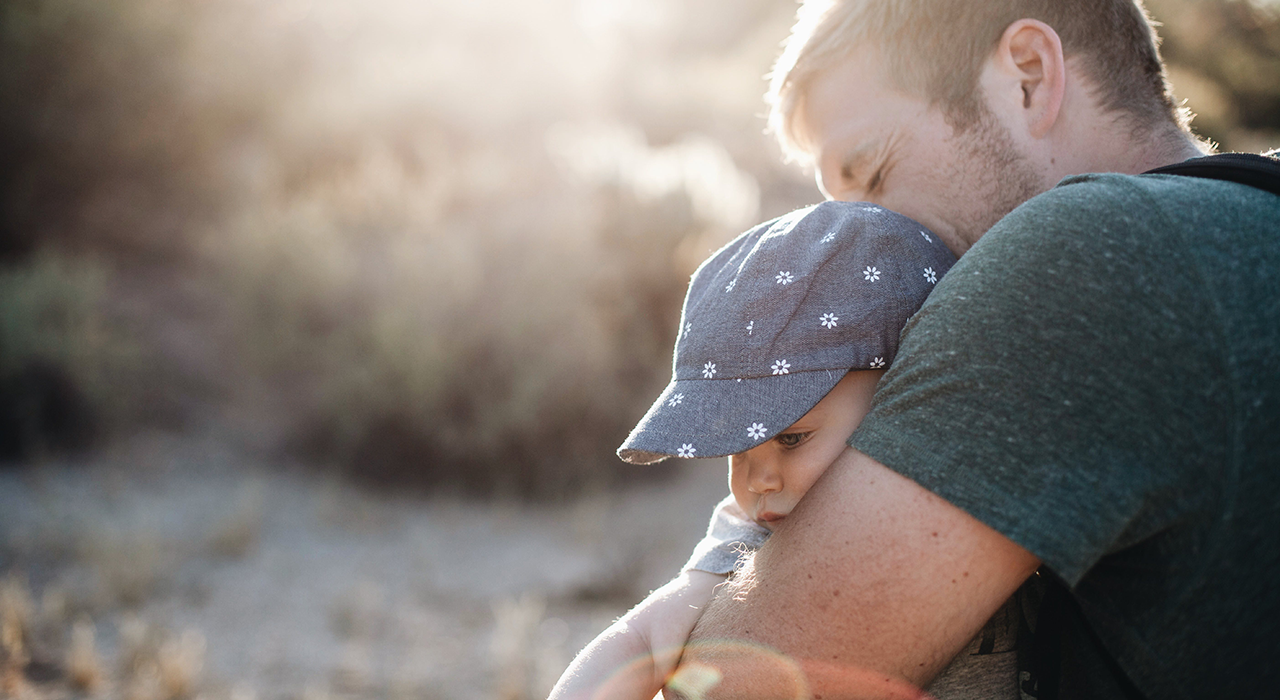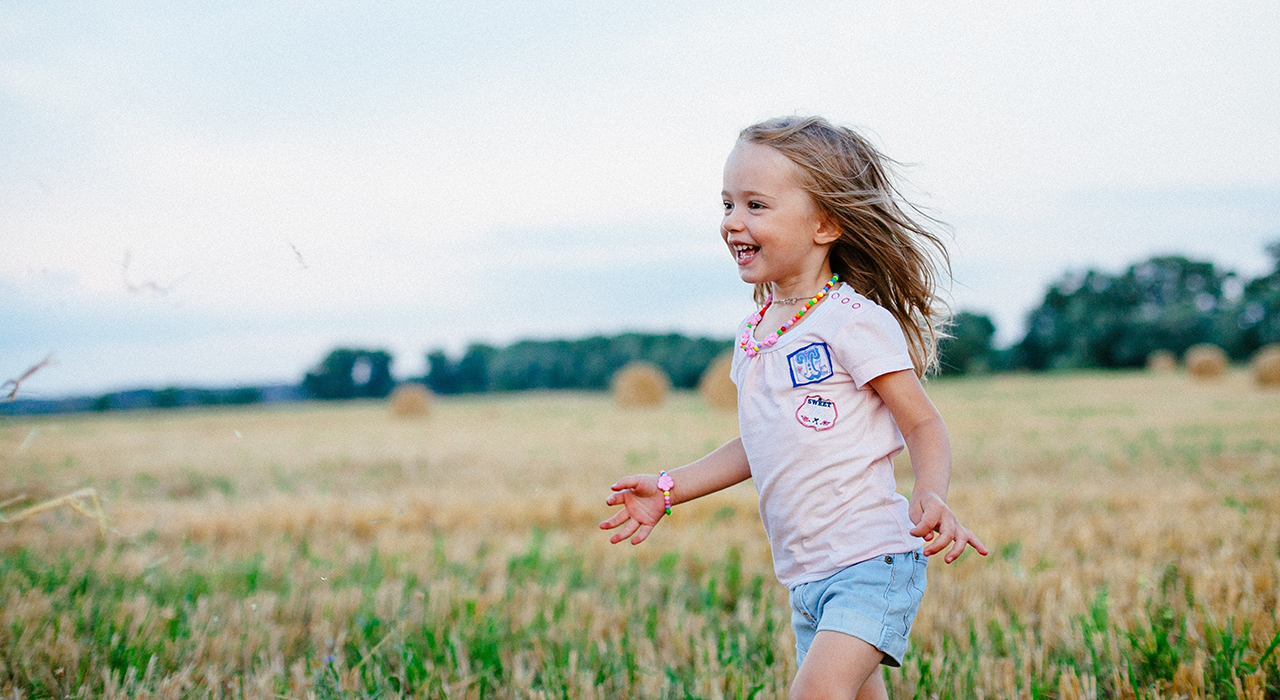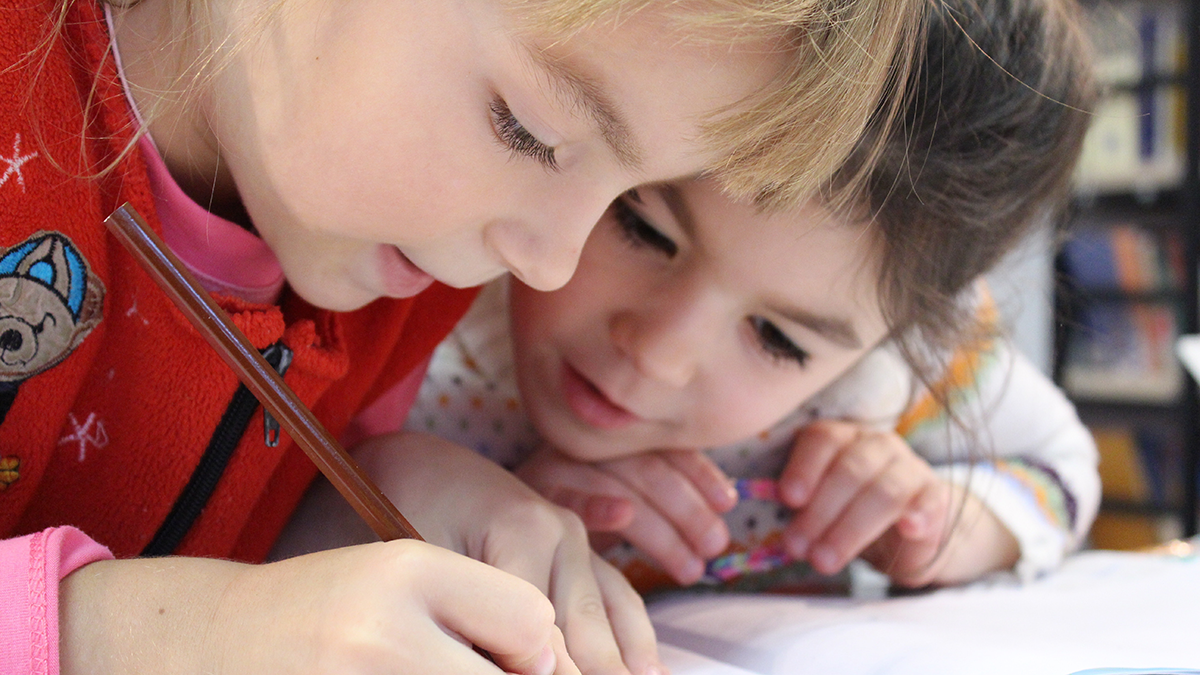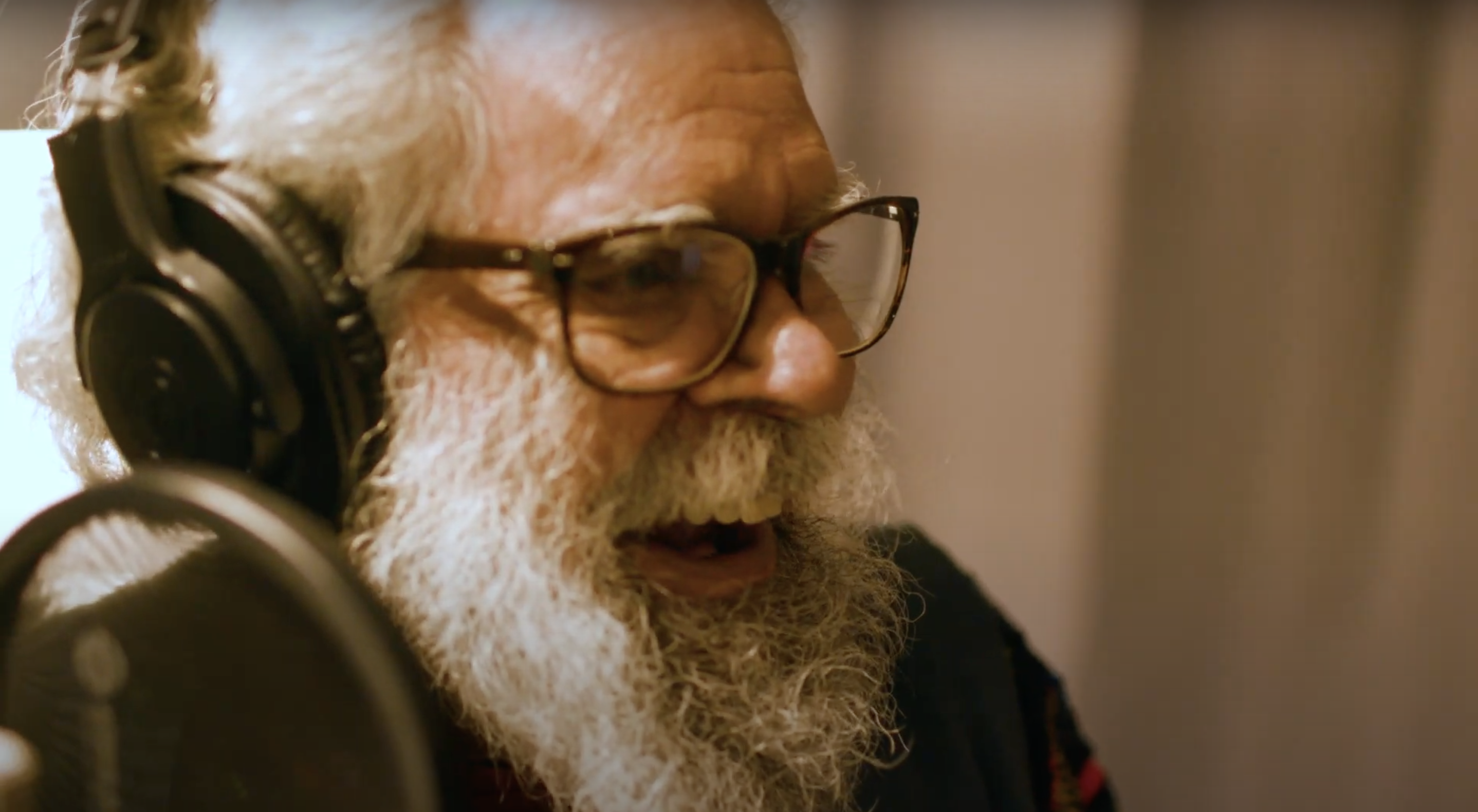Dr Craig Hassed is renowned as a pioneer for the use of mindfulness meditation within the medical world and beyond. Not only does he teach his students to use it within their medical practice, but he also encourages mindfulness for their personal use as a means of reducing stress and promoting focus during exams and study.
Dr Hassed has published many research papers and books on the benefits of mindfulness and Smiling Mind is honoured to have him as an ambassador - and we also thank him for his latest blog post below.

***
Mindfulness and education
The world needs mindfulness and in this fast-paced, stressed and distracted world, the children of today probably need it more than any previous generation. Smiling Mind is taking mindfulness meditation to where it is needed most – into the hearts and minds of young people. It’s more than just a technique, and more than just a life-skill. Mindfulness is a way of life.
Mindfulness is a generic skill with a wide range of applications relevant to education.
These include;
- fostering mental health
- improving communication
- empathy and emotional development
- improving physical health
- and enhancing learning and performance.
This article will give a brief overview of the science, practice and philosophy of mindfulness education and enlarge on the application of mindfulness meditation and related practices in schools, whilst exploring how these can be applied to the education, development and wellbeing of our children.
With its recent rise in popularity, mindfulness could be seen as flavour of the month, but when one considers millennia of the exploration and practice of mindfulness-based approaches in the world's great wisdom traditions, a more accurate metaphor would be the modern world rediscovering this treasure that has long since been buried and forgotten.
Beginning mindfulness education
Mindfulness education can be seen as a mental discipline that involves training attention for the present moment (attention regulation), but paying attention in a mindful way also involves the attitude with which we pay attention.
Attention regulation has three aspects;
- To know where our attention is
- To prioritise where the attention needs to be
- For the attention to go there and stay there
This is a skill, like any other, that can be, and needs to be, learned and practiced from early in life.
When we are mindful the brain is attentive but relatively quiet. It is associated with the experience of being focused and clear-headed. When we are not mindful the mind and brain become busy and we slip into what is called 'default mode’.
In this state the mind is in a different state: inattentive, distracted, idle, recalling past, daydreaming, worrying about the future, and engaged in internal chatter.
Mindfulness programs for young people
A mindfulness program for 522 young people aged 12–16 in 12 secondary schools found that rates of acceptability were high and the children who participated in the intervention reported fewer depressive symptoms and lower stress and had greater well-being at 3-month follow-up (Kuyken et al 2013).
The degree to which students practised mindfulness was significantly associated with better well-being and less stress at follow-up. Other pilot studies have found similar effects (Joyce et al 2010).
A study on first year undergraduate medical students at Monash University found that a mindfulness-based lifestyle program significantly improved mental health and improved quality of life despite the fact that the post-course evaluation was immediately prior to mid-year exams when there should have been an expected decline in mental health (Hassed et al 2009).
Read about mindfulness strategies for students to prevent stress at exam time.
This program is core-curriculum but over 90% of medical students report applying the mindfulness practices outside of curriculum time in their personal life and to help them study.
Flexibility in how one applies mindfulness education for particular groups of young people is important. For example, children with autism often find it difficult to sit in meditation for any significant period of time but there may be other ways of introducing mindfulness.
This is illustrated by a study that assessed the therapeutic effect of an 8-week mindful movement-based yoga, dance, and music therapy program based on the relaxation response (RR) for children with an autism-spectrum disorder (ASD) (Rosenblatt et al 2011). Robust changes were noted on the Behavioral Assessment System for Children (BASC-2) and the Aberrant Behavioral Checklist (ABC).
![]()
6 steps to mindfulness education in schools
The subject of applying mindfulness education practices in the school is a book in itself (Hassed and Chambers 2014) so there is only space to raise a few key points in this article.
1. Start with teachers, then students and parents- Teaching begins with adults modelling mindfulness for the children
- It then moves to the formal teaching of mindfulness-based skills in the school and home
- 5-10 minutes twice a day before and after the school day
- 15-60 seconds as required during the day such as at the beginning of a class
- The senses are a gateway to the present moment whether listening, eating, walking, reading, learning, communicating…
- Move through the day one step, moment, or job at a time
- Avoid multitasking
- Use screen-time discerningly
- Practice mindful eating
- Be open, curious, flexible, non-attached…
- Do things in non-habitual ways
- Look for novelty and differences
- Perception – discerning between imagination and present moment reality
- Letting go – non-attachment to thoughts, feelings and sensations as well as possessions and other transitory aspects of life
- Acceptance – being non-reactive and non-judgmental of moment-by-moment experience
- Presence of mind – pay attention to the unfolding present moment
- What is important to them – study, sleep, stress…
- Provide positive role-models who apply mindfulness
- Keep it simple and practical
Invite exploration, experimentation and inquiry rather than indoctrination or imposition.
Mindfulness education is just as important for counsellors, teachers and parents as it is for students and children. In order to successfully teach and integrate mindfulness it needs to be relevant to students, and counsellors, teachers and parents need to model it before formally teaching it.
In the future mindfulness and continued mindfulness education of self will be seen as a core life-skill underpinning education and childhood development.
If you would like to learn more about any of the above and how the Smiling Mind Mindfulness Education Program may assist your school please contact us here.
*Research references available on request.
***
Smiling Mind have developed easy-to-follow mindfulness education curriculums for every school age including exactly how to implement mindfulness in any school whilst embedding a mindful culture amongst students.
Smiling Mind’s vision is to see Mindfulness Meditation on the national Australian school curriculum by 2020.
We will do so by providing accessible, life-long tools to support healthy minds through our FREE mindfulness app with supporting education programs. We are a 100% not-for-profit organisation that works to make mindfulness education accessible to all.

